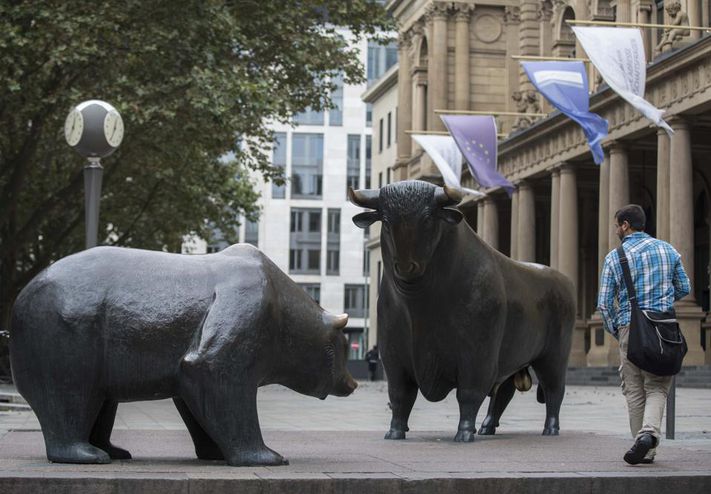The pundits seem to have always known it. Treasuries will turn at one point and rates spiral up in the wake of inflation fears induced by monetary exuberance and better growth numbers, or so they are saying. They have been hanging on to that thread for the past 6 years, a period that hasn’t exactly meant well for their ever-recurring attempts at short positioning in bonds. Now that 10-year rates have jumped, will it finally be their moment in the sun?
It certainly looks like even the staunchest Treasury bulls seem to be throwing in the towel and hopping on the higher-rates-for-longer bandwagon. Undoubtedly, there has been a lot of technical momentum that cannot be denied. However, it appears the bears are getting ahead of themselves one more time. Apart from the rally in commodities, there has neither been any concrete evidence as of yet that the economic rebound will materialise as desired nor proof of inflation setting in.
What we may well be seeing is that the undeniable rise in near-term inflation expectation is grounded in the snap-back in commodity prices, a phenomenon that could be short-lived in nature. Else, why would the market expect a moderate inflation scenario in the long run as it currently does looking at the 30-year break-even inflation rate? In other words, before we jump to conclusions because of some rate volatility we better take a step back and look at the entire picture.
One, we have lived through a 40-year+ bull market in US government bonds, and that trend is ostensibly unbroken. It will take more than the sudden realisation of a few pundits that the market turns from one day to the next. If we were to observe decade-long trend lines in 10-year Treasuries, a short-term but massive bear move could bring yields back to the 2.25-2.50% range, but this would require the market to break through key resistance levels around 1.50%, confirmed as lows in 2012, 2016, and as recently as 2019.
The retreat from the intra-day high of 1.61% last Thursday may well be an indication that things won’t move so quickly. The short-sellers had their fun, and any correction will have them on the tips of their toes covering positions which could bring the yield back to a more reasonable 1.20% area or lower again. That will quickly take the wind out the bears’ sails and reiterate those significant resistance levels around 1.50%.
Two, as the short end of the market continues to be arrested by the zero Fed Fund policy, we are encountering a similar scenario with the yield curve. At a 2/10-year rate differential of 130-135bp, it looks top-heavy, and the curve is as steep as it was last in late 2016. Since American commercial banks have added approx. 3 trillion dollars worth of Treasuries to their balance sheets since the financial crisis, it can be assumed that the appetite to pile on more is unabated.
To be sure, the banks have their price targets to engage, to play the curve, and earn carry. A negative carry obviously makes no sense, such as we had inverted curves in late 2019, but borrowing at 10-20bp now and siphoning off a spread of 125bp by purchasing 10-year Treasuries, or even 200bp by buying 30-year makes hearts beat a little faster and provides banks with another chance to add to their quasi risk-free returns.
As I said in Friday’s
post, Janet Yellen must have been sounding every bank CEO in the land to figure out where their bid is in the hundreds of billions she will need to fund in the coming months. The US Treasury may be meticulously eyeing the amount of interest it has to pay on the ever-expanding debt mountain, but in light of a federal deficit of between 15-20% of GDP Yellen can’t be picky and needs to price bonds to sell to the most reliable takers.
And three, at the first sign of lack of inflation expectations and sobriety in the economy amid all these upbeat growth estimates the buyers at large may return in any case. For example, European investors never had the benefit of an almost 300bp premium of 10-year Treasuries to German Bunds. Same with Japanese investors who would have to look back to 2007 to extract such a carry over their JGBs. Similar to UK investors who gain a 150bp premium.
Again, we are currently seeing a mean reversion in the market that may have been overdue after significant price overshoots during last year’s pandemic. Instead of an impending sea change, however, we could see volatility subside and normalcy return. Just in case the traders go a little wilder still, the Fed will eventually have none of it and put a lid on the long end – lofty enough to leave the banks their pound of flesh, but tightly enough to make sure the system and the economy won’t derail.
